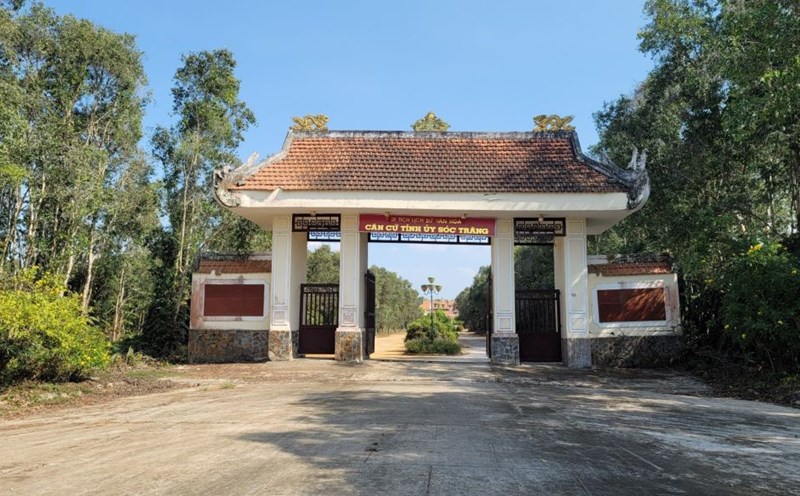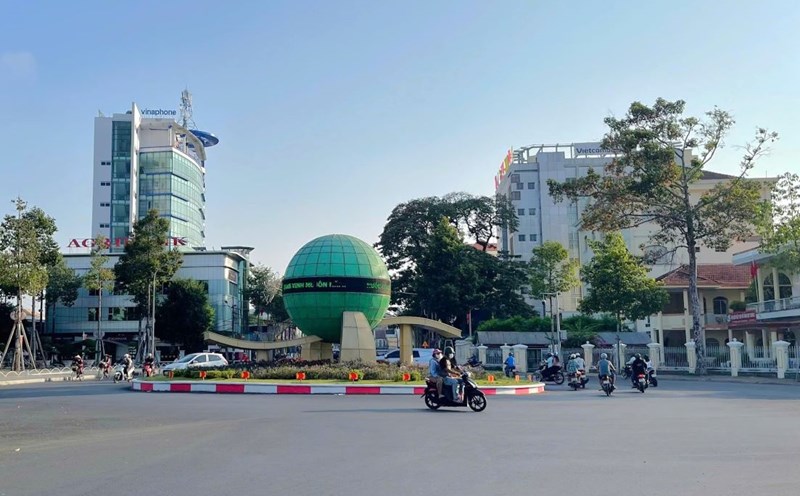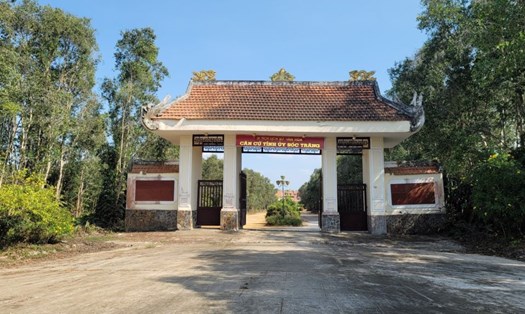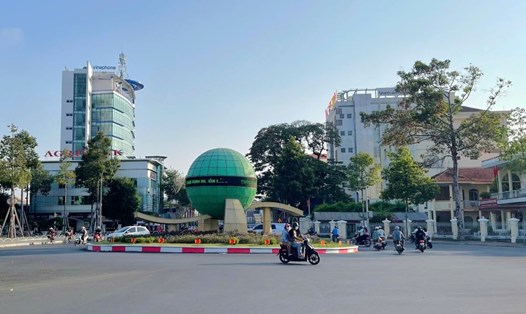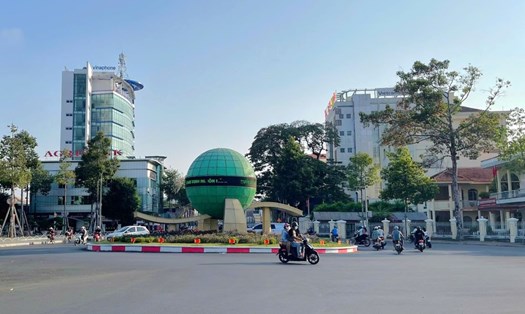Nuclear urbania of the Mekong Delta
The People's Council of Soc Trang province has just approved the Plan and results of the arrangement of provincial-level administrative units. Accordingly, Soc Trang province will merge with Hau Giang province and Can Tho city, named Can Tho city and the administrative center in the current Can Tho city.
After the merger, the new Can Tho city will have an area of 6,360.83 km2 and a population of 4,061,292 people, with 100 administrative units, including 31 wards and 69 communes.

The merger plan has clarified the main reasons for choosing Can Tho City as the administrative - political center of the new city.
Firstly, Can Tho meets the conditions of facilities and urban infrastructure well. Can Tho is a centrally-governed city, playing an important administrative and political center of the region, and is home to many central agencies. This place has a full infrastructure for administrative management and human resources, ensuring the new city's apparatus operates smoothly, minimizing personnel disruption and saving construction costs.
Second, Can Tho has a central geographical location, convenient for traffic connection and regional linkage. Can Tho City is located in the center of the Mekong Delta, playing the role of an inter-provincial connectivity unit. The city owns a diverse and modern transport infrastructure system closely connecting between regions and inter-regions. Including Can Tho International Airport, key expressways and national highways (including Chau Doc - Can Tho - Soc Trang expressway expected to be completed in June 2026), National Highway 1A, National Highway 91, National Highway 80, National Highway 61, Can Tho bridge; Can Tho port, Cai Cui port and river port system.
Third, in line with the planning and orientation of long-term, sustainable economic development of the region. According to the Party's policy, Can Tho is oriented to become a core city of the Mekong Delta by 2030, leading and creating a positive spillover effect on the socio-economic, trade - service, and science - technology development of other localities in the region.
Can Tho currently has small-scale handicrafts and industrial parks (Tra Noc 1 and 2, Hung Phu 1 and 2); Vinh Thanh High-Tech Industrial Park. There is a system of universities of regional and international stature (Can Tho University, University of Medicine and Pharmacy, University of Technology - Technology, ...). There are specialized medical facilities at the regional level such as the Central General Hospital, Children's Hospital, Oncology Hospital...
Therefore, the choice of the new provincial administrative - political center in Can Tho is in line with the Party and State's policy in developing the Mekong Delta, focusing resources and creating strong momentum for the new city to develop to reach regional and international levels.
Reunited to reach new heights
The reunion of Can Tho City, Soc Trang Province and Hau Giang Province is expected to create strong growth drivers for the socio-economic development of the entire Mekong Delta.

Can Tho City has now affirmed its position as the center of the Mekong Delta with urban infrastructure, trade, tourism, specialized healthcare, education and science and technology development. The city is aiming to become a high-tech agricultural center with well-planned planning areas.
Meanwhile, Soc Trang has emerged as a leading seafood processing and exporting center in the region, with export turnover in 2024 reaching nearly 1.9 billion USD, ranking 4th in the region.
Hau Giang is also on the path of development, oriented to become an industrial and logistics production center of the region according to the Provincial Planning for the period 2021 - 2030, with a vision to 2050. The province also focuses on developing high-tech agriculture.

